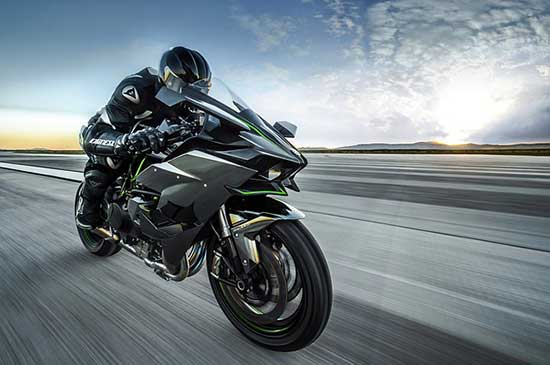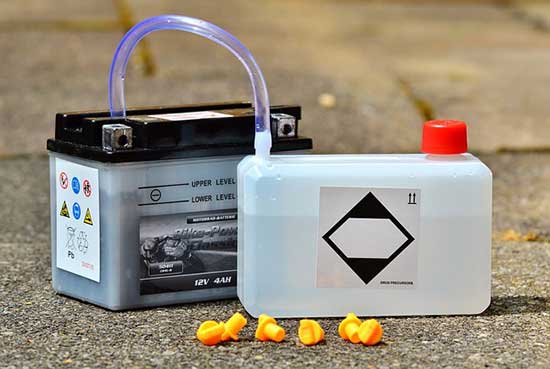Motorcycling is one of the most thrilling and adventurous activities, and many enthusiasts spend a significant amount of money to buy, maintain, and customize their bikes.
However, when it comes to transporting a motorcycle from one place to another, things can get tricky and challenging.
The easiest and most cost-effective way to move a motorcycle is by using a truck bed. Here are some valuable insights and best practices for transporting a motorcycle in a truck bed.
Contents
Understanding the Risks
Before loading your motorcycle in a truck bed, it’s important to understand the possible risks and damages that might occur. Some of the common hazards that you may face include:
- Scratches, dents, and other forms of cosmetic damage might occur due to rough handling or inadequate padding.
- Unsecured loads can fall off during transportation and cause severe harm to you, other motorists, or the bike itself.
- Flying debris or rocks from the road can also damage your motorcycle during transportation.
Preparation and Loading
To minimize the risks and ensure that your motorcycle arrives safely, you need to do the following:
Choose the Right Truck
Ensure that the truck you choose is the right size and type for your bike. Select a truck with a long bed and a heavy-duty suspension system that can accommodate the weight and length of your motorcycle.
Additionally, ensure that the truck bed is free of debris, oil, or other contaminants that might damage your bike.
Invest in Quality Tie-Down Straps
Invest in high-quality tie-down straps that are strong and sturdy enough to secure your bike during transportation.
Avoid using bungee cords, ropes, or other makeshift solutions that can break or loosen during transportation.
Use Protective Padding and Ramps
To prevent cosmetic and other damage to your bike, use protective padding on the truck bed and the loading ramps.
Ensure that the ramps are sturdy and have the right incline to prevent your motorcycle from tipping over during loading or unloading.
Secure the Motorcycle Properly
Use at least four tie-down straps to secure your bike to the truck bed. Ensure that the straps are tight enough to prevent the bike from shifting or tipping over, but not too tight to cause unnecessary stress on the suspension or damage the paint job.
Consider Using a Wheel Chock
A wheel chock is a device that holds the front wheel of your motorcycle in place during transportation.
It minimizes the risk of the bike tipping or shifting during transportation. However, ensure that you choose the right-size wheel chock that fits your bike and the truck bed.
Tips for Transporting Your Motorcycle
Apart from the preparation and loading tips, here are some additional tips to ensure that your motorcycle arrives safely:
Avoid Using a Cover
While motorcycle covers are great for protecting your bike from sun, dust, and debris, they are not suitable for transportation.
A cover can flap in the wind and scratch or damage your bike’s paint job. Additionally, a cover can act as a sail and affect the truck’s stability.
Check the Straps Regularly
It’s essential to check the straps every 50 miles or so during transit. Ensure that they are still tight and in the right position. Also, be sure to retighten if necessary.
Drive Carefully
During transportation, drive carefully and observe traffic and road conditions. Avoid sudden stops, high speeds, and sharp turns that might damage or tip your bike. Additionally, ensure that you obey traffic regulations and load restrictions.
The Bottom Line
Transporting a motorcycle in a truck bed can be an easy and cost-effective way to move your bike from one location to another.
However, to ensure that your bike arrives safely, you need to prepare adequately, use quality tie-down straps, and secure the bike correctly.
Always check the straps regularly, avoid using a cover, and drive carefully during transportation. By following these best practices, you can enjoy a stress-free and safe motorcycle transportation experience.






